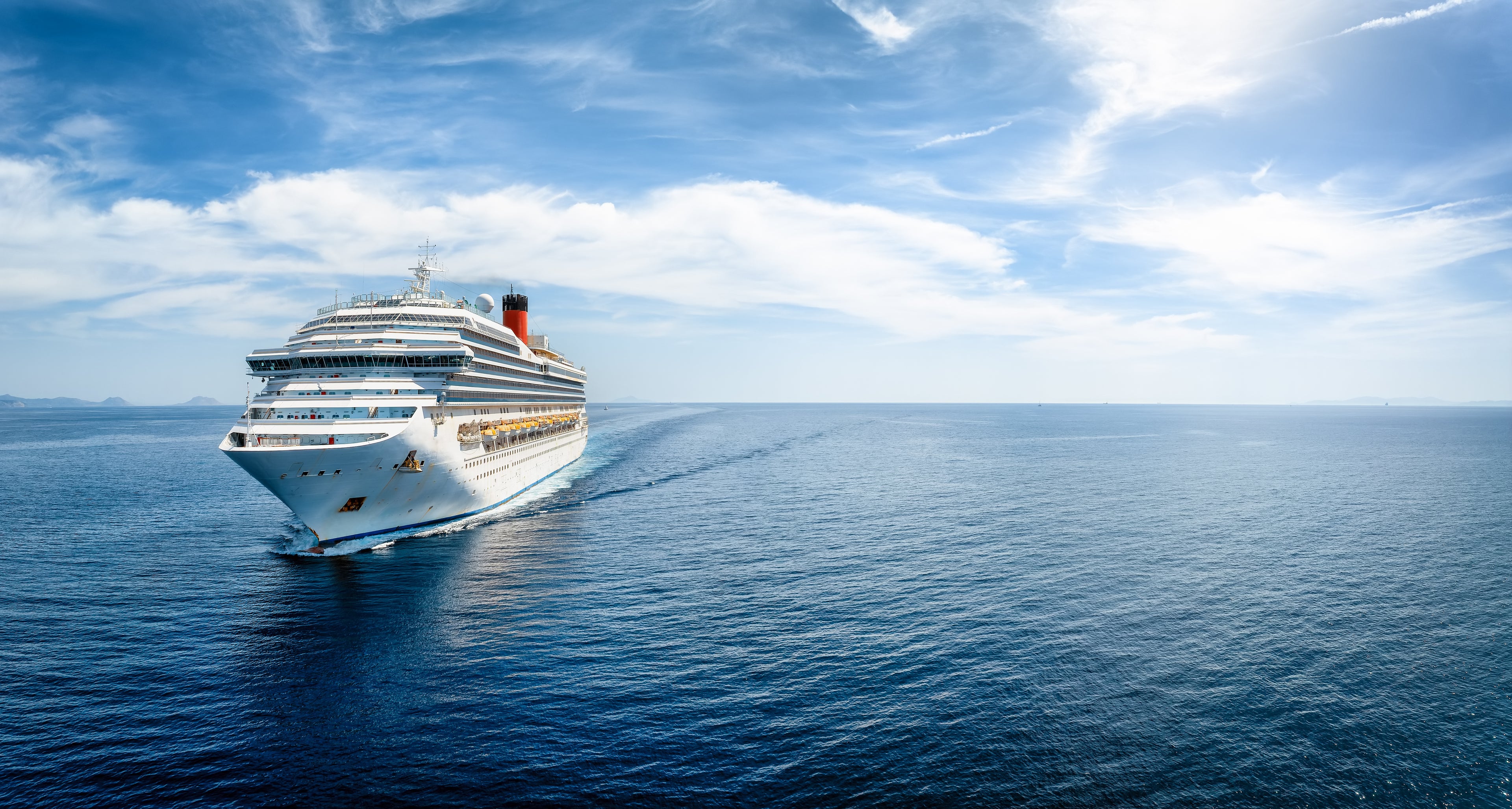-
Step 1: Comprehensive Infection Control Assessment
Our process begins with an in-depth evaluation of your cruise environment to identify the source of hygiene challenges and infection risks.
This includes:
- Onboard Risk Analysis:
Our specialists assess key areas such as guest cabins, food preparation zones, recreational areas, and medical facilities to pinpoint potential contamination hotspots
- Water System Inspection:
Evaluating potable water systems, spas, and pools to detect biofilms and waterborne pathogens that pose health risks.
- Air Quality Monitoring:
Assessing ventilation systems to identify areas where airborne pathogens may proliferate.
- Surface Contamination Testing:
Detecting high-risk touchpoints and areas requiring enhanced disinfection protocols.
- At this stage, we provide a detailed report outlining problem areas and a customized action plan tailored to your cruise operations.
-
Step 2: Tailored Implementation of the HOCL Ecosystem
Once the challenges are identified, we implement a targeted, on-site HOCL solution designed to deliver continuous, COSHH-free decontamination across all critical areas. Our holistic approach integrates:
- HOCL Water Treatment
- HOCL Surface Disinfection
- HOCL Air Purification
By integrating air, water, and surface disinfection, we deliver an end-to-end infection prevention ecosystem that safeguards passengers and crew while reducing operational burdens.
-
Step 3: Ongoing Monitoring and Continuous Improvement
Our commitment doesn’t end with implementation. We provide ongoing support and monitoring to ensure your hygiene standards remain consistently high:
- Regular Performance Audits: Periodic evaluations to ensure continued effectiveness and identify areas for improvement.
- Data-Driven Insights: Providing reports that help you track infection control progress and compliance with regulatory standards.
- Staff Training and Support: Empowering your team with the knowledge and tools to maintain optimal hygiene practices.
- Sustainable Hygiene Solutions: Helping cruise operators meet environmental targets by reducing chemical waste, water usage, and carbon emissions.

